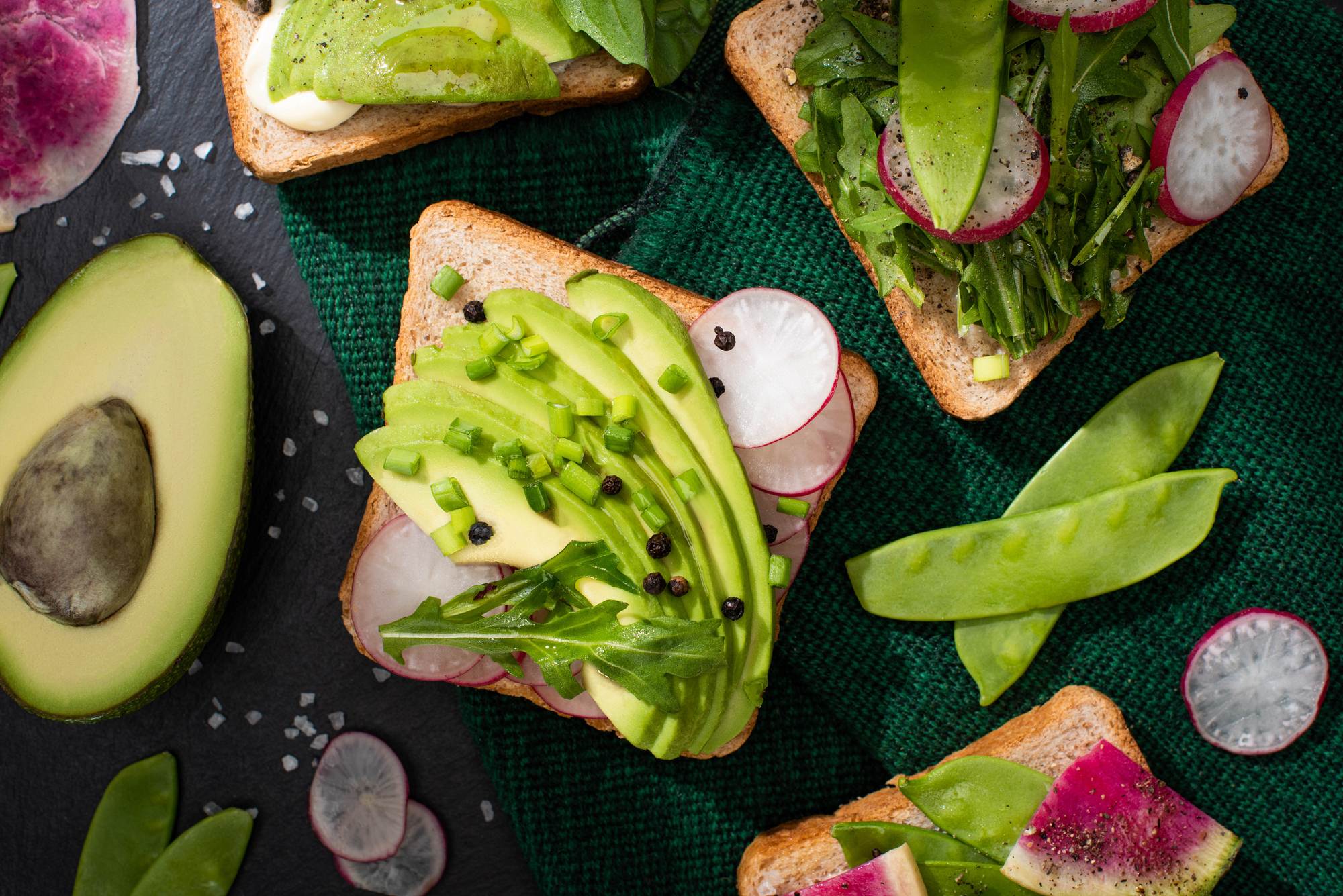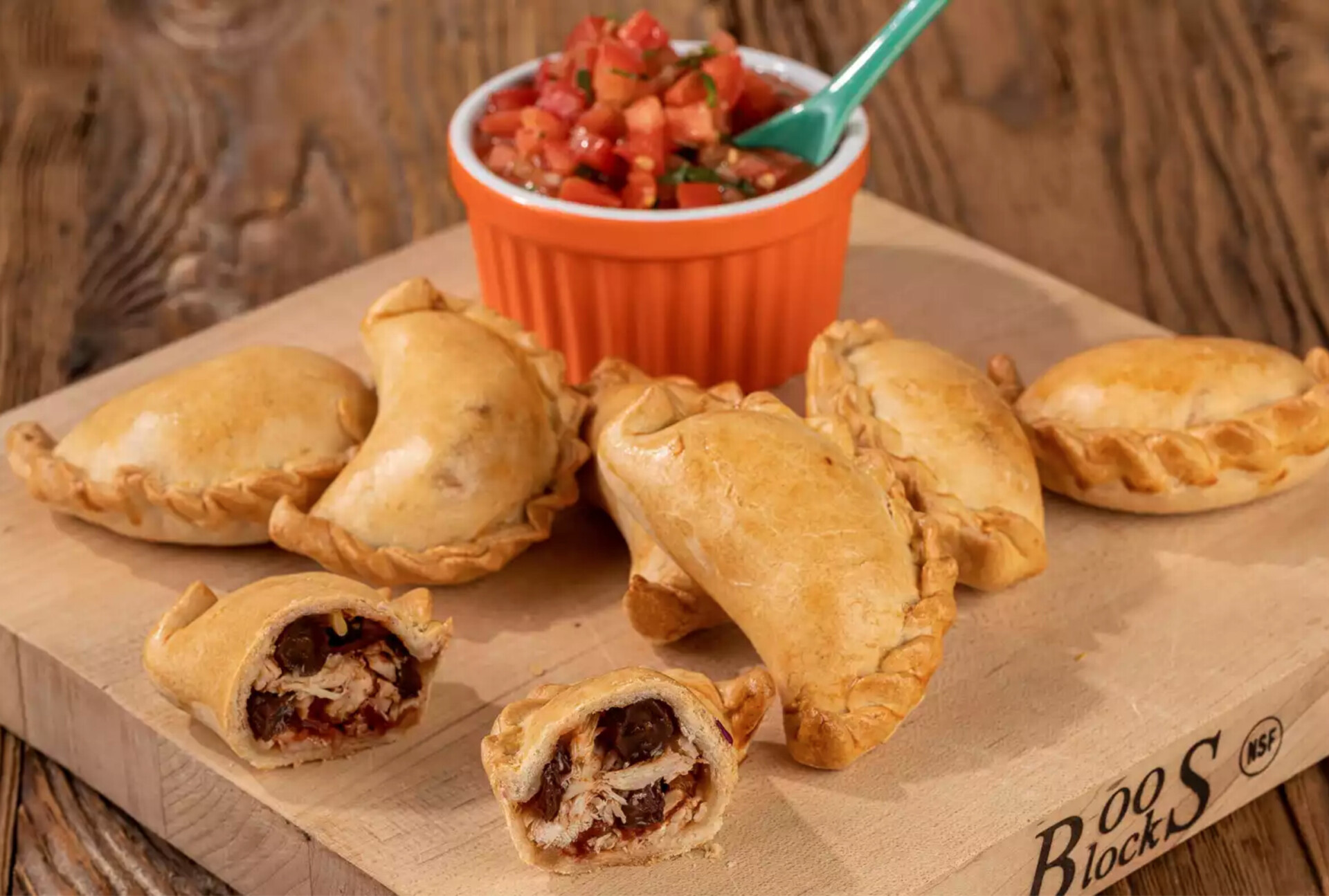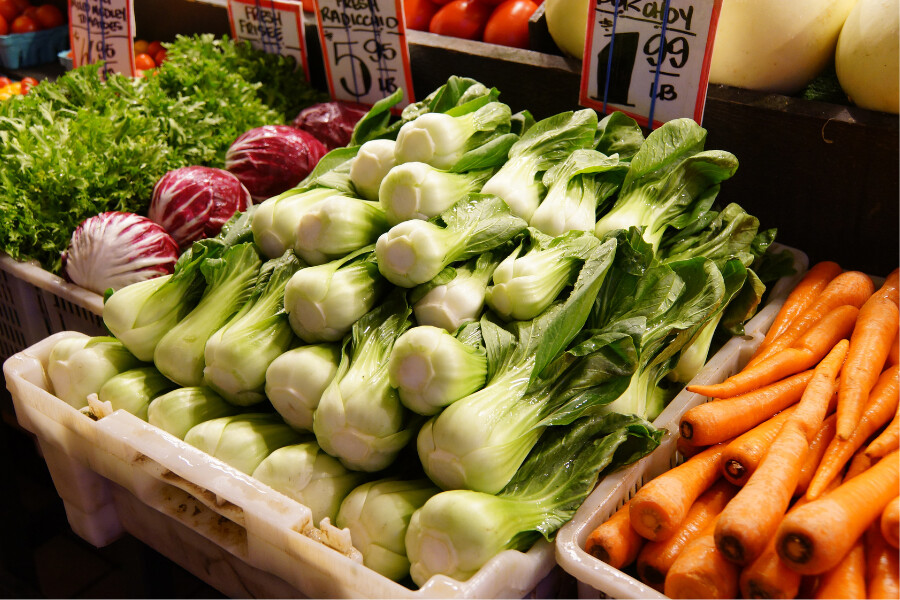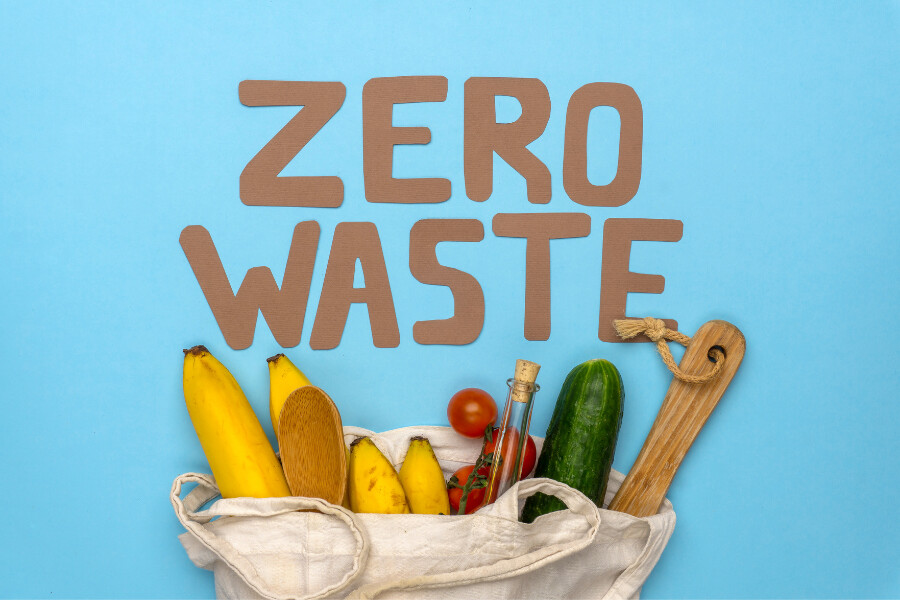Have you been wondering about the size of your restaurant’s carbon footprint lately? If you haven’t taken steps to shrink it, it’s probably bigger than you’d like it to be. Fortunately, it’s never too late to start working toward a more sustainable future. Read our list of tips to learn how you can incorporate green practices into your restaurant operations and how grocery suppliers for restaurants can help you do it.
1. Buy Local
Reducing the amount of time your food shipments spend in transit is key to running an eco-friendly restaurant. Try to buy your fruits, vegetables, and wholesale meats from local suppliers. You’ll cut your carbon emissions drastically and get fresher, higher-quality foods too.
2. Adopt a Rotating Seasonal Menu
Committing to buying local will restrict your menu options somewhat. Turn this limitation into an opportunity by creating a new rotating seasonal menu you can serve alongside a few year-round options. Your patrons will be excited to order these new limited-time dishes before they’re gone, especially if you bring back favorites from past years. If you’re not sure how to get started, ask your foodservice distributors for ideas. They’ll know exactly which items local farmers will have available during certain seasons and how to incorporate them into profitable dishes.
3. Choose Sustainable Farming
Farms that use sustainable practices have a much smaller carbon footprint than those that don’t. Buying your meat and produce from farms that go the extra mile for the planet will support those efforts and make your business more eco-friendly. Not sure where to find a place like that? Your restaurant food supplier can source your orders from nearby farms that prioritize sustainability.
4. Switch to Sustainable Packaging
Are you still packing up your food in containers made of styrofoam or other non-biodegradable materials? Switching to paper or cardboard alternatives is an easy way to help save the planet. They may be slightly less durable than packages made from plastics, but most modern cardboard takeout containers can successfully hold even messy foods like pasta. If you want to make an even bigger impact, consider buying packages made from recycled materials.
5. Reduce Food Waste
Food waste is responsible for an estimated 170 million tons of CO2 emissions in the US alone. Do your part to help with this problem by purchasing smaller amounts of meat and fresh produce more frequently. The extra delivery trips will raise your emissions slightly, but you’ll be more likely to use all of the food you buy instead of letting a significant chunk of it go to waste. Talk to your wholesale restaurant supply store to work out an optimized ordering schedule that will meet your needs with as few shipments as possible.
6. Embrace Plant-Based Menu Items
Meat production does produce carbon, even when the livestock is locally raised. Including some plant-based items on your menu will allow you to reduce your business’ dependence on meat and lower your carbon footprint. You can use modern meat alternatives or plant-based proteins like lentils and quinoa. You can even market these dishes as vegan-friendly options to draw in a whole new crowd of customers.
Working Toward a Greener Future, One Meal at a Time
Adopting sustainable practices may take a little extra effort, but you’ll feel proud of yourself for doing what you can to make the world a better place. Foods Galore can help you reach your sustainability goals without sacrificing your business ones. Contact us today to learn more about our services and let us help you get the eco-friendly food service and grocery supplies you need to make your greener business thrive.






